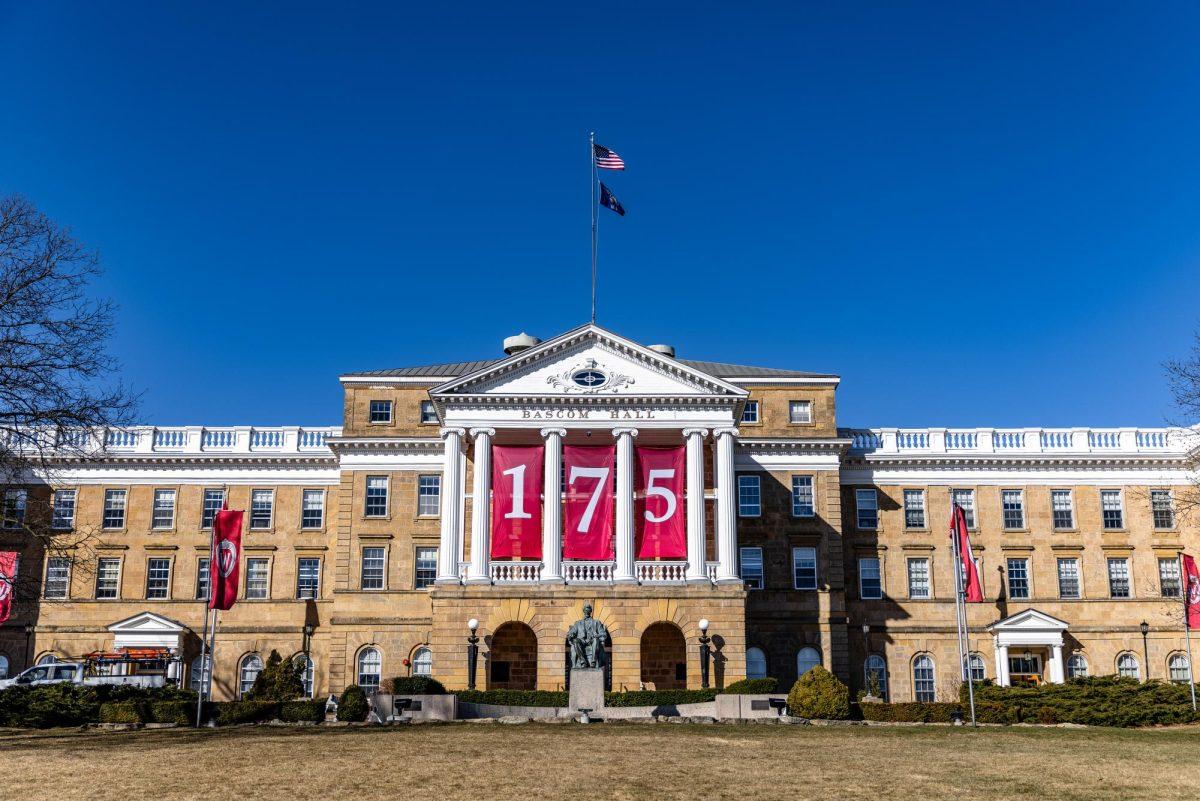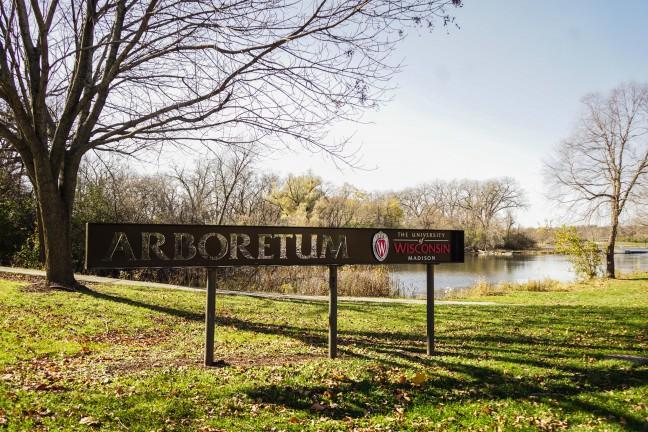The University of Wisconsin Arboretum was added to the National Register of Historic Places last week, a designation was made because of the historical significance connected to the land restoration work done at the Arboretum.
When the Arboretum was founded in 1932, its first research director, renowned environmentalist Aldo Leopold, was focused on ecological restoration, according to the Arboretum’s website.
The Arboretum’s Curtis Prairie was the first restored prairie in the world, according to Karen Oberhauser, the Arboretum’s director.
New Madison historic preservation plan to focus on underrepresented groups
Oberhauser said the decision to restore the prairie was made by the founders of the Arboretum who were concerned about the “environmental crisis” that was occurring at the time. Both the Dust Bowl and rampant land degradation caused founders to focus on restoring “a bit of what was lost.”
“At that point, they were trying to restore representative habitats of all of the kinds of habitats that were being lost in the state of Wisconsin, some of the restorations didn’t work out but the prairie restoration did because the prairies are what belonged here,” Oberhauser said.
The Arboretum continues this work of land restoration by following the three principles that the Arboretum was built on— care for the land itself, research and study of the land and teaching people about the land ethic, Oberhauser said.
Oberhauser said this designation can help the Arboretum’s current work by serving as a reminder of its past.
“… it puts what we’re doing in the context of having these connections to the past but also in some ways connects us to the future as well so what we do here will make a difference …” Oberhauser said.
The buildings located on Arboretum land are also historically significant. Oberhauser said the buildings were built by the Civilian Conservation Corps in the 1930s, an employment relief program created during the Great Depression.
Today the Arboretum continues to educate visitors on the land ethic through guided hikes and educational programs. Although according to Oberhauser “Earth Day is every day at the Arboretum” they will be having nature and birding walks leading up to Earth Day, which is April 22.
The Arboretum will join approximately 2,400 other historically recognized sites in Wisconsin, according to the Wisconsin Historical Society.
Oberhauser said she hopes this recognition will help spread the word about the importance of the Arboretum as a historical site as well as highlight the Arboretum’s current work.
“I think that it’s very clear that the Arboretum is an important respite, it’s a place where people can come to get away from the business of modern life and they can kind of come and be a part of nature,” Oberhauser said. “So it’s a really important natural feature. But what this designation does is recognizes that it has the cultural and historical importance as well.”





















